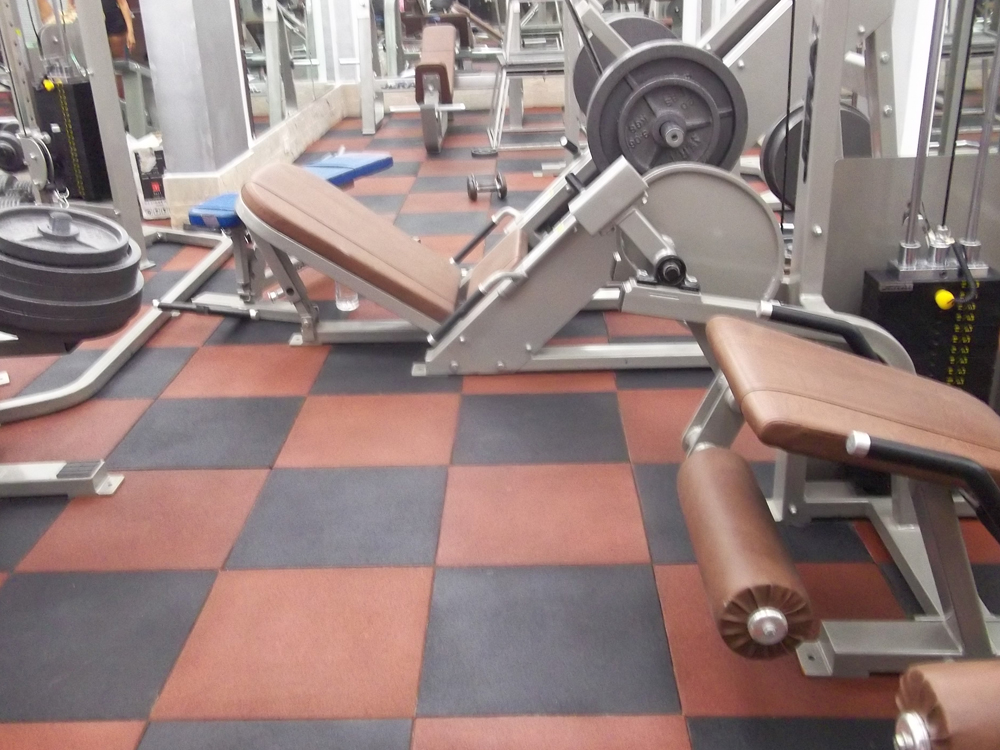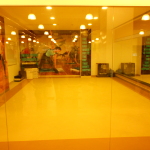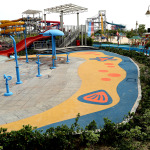What does your gym flooring need?
Gymnasiums are places where people come to in hope of health and fitness. But ironically, many people get hurt while exercising or meet with unfortunate accidents at the gyms. One way to ensure a gym is totally safe, apart from regular maintenance of the equipment, is by installing safety flooring. While hardwood floors are used in some gymnasiums, the modern rubberized safety flooring has many advantages over it. Given below are a few gymnasium flooring essentials to ensure the safety of the gym patrons.
1) Shock absorbency: The likeliness of trips and falls are much higher at a gym as its patrons are in heavy exercise mode. Some run and jog across the gym. So, shock absorbency is the most important factor while choosing a gym floor. Please remember, harder the floor, more prone its users are, to injury. While running or jumping, a good gym floor should absorb at least 25 per cent of the shock and reduce the force, hence protecting the knees of the gymmer.
2) Impact reduction: The elasticity of a gym floor plays a major role in ensuring that a gym provides good quality exercise. A rubberized floor absorbs a large amount of energy during an impact as compared to a concrete or asphalt flooring.
3) A soft touch: Gym floors are also used by their patrons for running and jumping amongst other exercises like ab crunches. A comparatively soft, rubberised floor will provide the necessary comfort that a gymmer requires.
4) Tough flooring: Gym floors also need to be tougher than playground or other floors as they can be subjected to falls not just of people and users but also very heavy equipment. A gym floor should not be torn or broken when a heavy weight falls on it.
5) Avoiding slips: While in intense exercise mode, users perspire more. With this, a standard asphalt or wooden flooring tends to get sweaty and slippery, potentially leading to trips and falls. The surface of a rubberized floor ensures that patrons slip less as the flooring absorbs away any moisture on the surface due to heavy sweating, and hence ensures their safety.
6) Cleaning and maintenance: Gym floors are indoor floors and it is not possible to wash them with water or by using hard cleaning agents. Branded rubberised floors like Tuffloor can however be easily cleaned with a wet mop and dried later. Care should also be taken to avoid accumulation of dust.
7) Hygiene: Top-grade gym flooring is usually designed in such a way that it does not allow dirt or other particles to remain stuck on its surface. Since it is easy to clean, any bacterial or other infections that can arise from dirt, can also be avoided.


 Previous Post
Previous Post Next Post
Next Post